Chart of the Day: 14% Downturns
Today’s Chart of the Day from OneDigital shows the return of the S&P 500 each calendar year since 1980 as well as the maximum drawdown during the year.
Learn about our Refer-a-Friend Program. Terms and conditions apply.

Today’s Chart of the Day from OneDigital shows the return of the S&P 500 each calendar year since 1980 as well as the maximum drawdown during the..

Today’s Chart of the Day from BofA Global Research shows the percentages of US treasury bond ownership spanning from 1945 to 2025.

Today’s Chart of the Day is from Visual Capitalist detailing and ranking common types of fraud. The report suggests losses are half a trillion..

Today’s Chart of the Day is from Gallup and shows the change in American’s Trust in Mass Media from 1972 to 2024. The choice of “None at all” went..
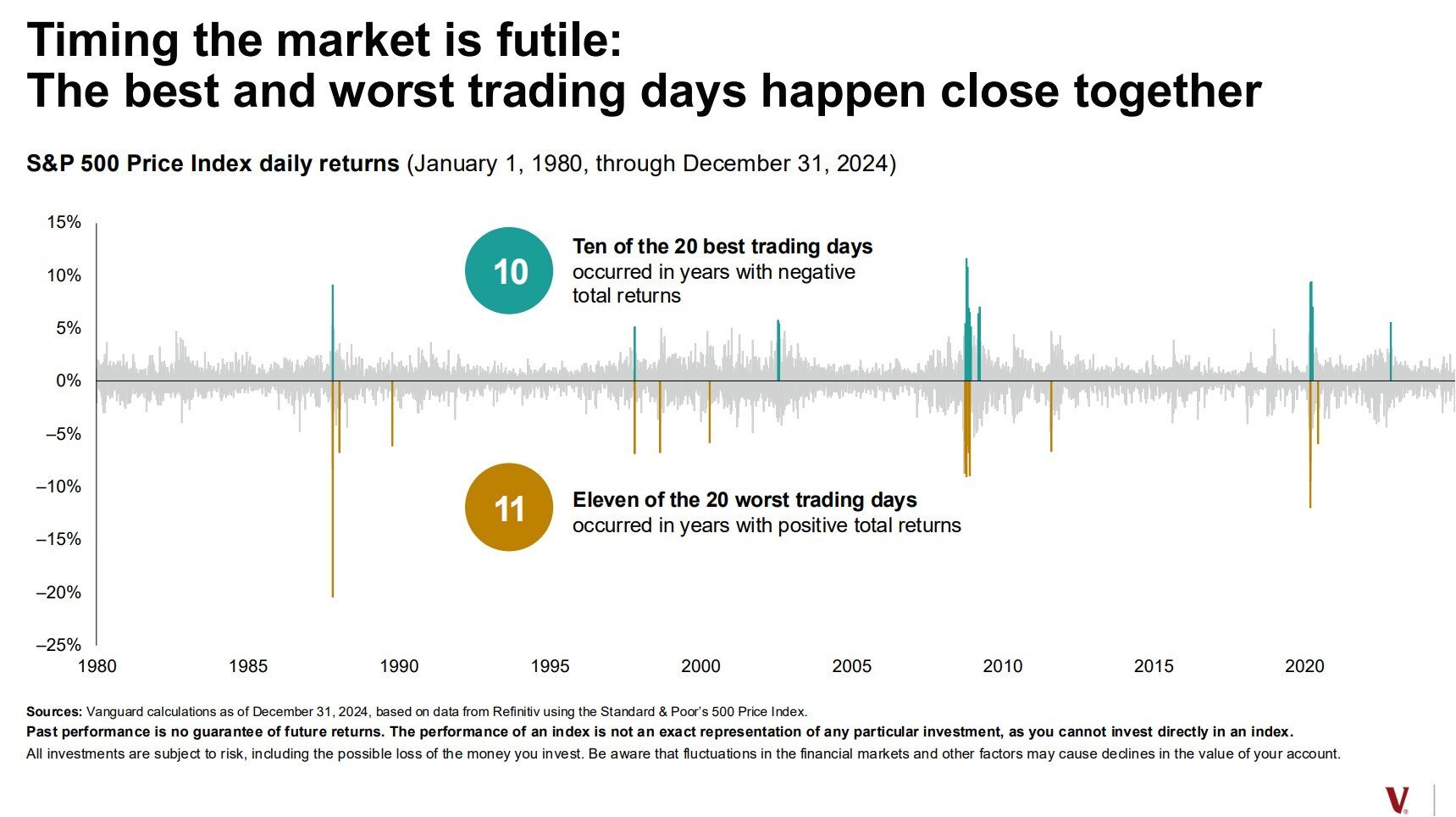
Today’s Chart of the Day is a classic one provided by Vanguard and was recently updated to reflect 2024 performance. It highlights the best and worst..

Today’s Chart of the Day is from theHUSTLE with data from the US Census Bureau showing that the median square footage of houses in the US has..
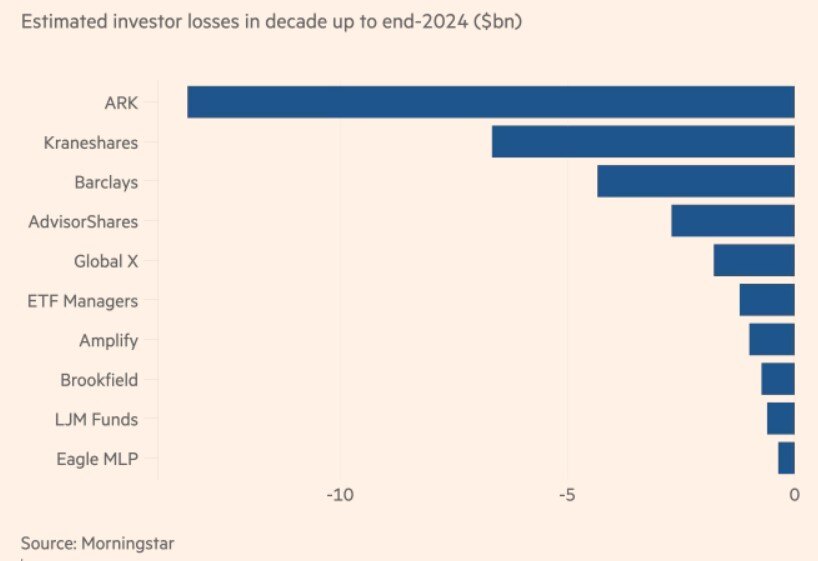
Today’s Chart of the Day is from the Financial Times in an article titled “Which funds have incinerated the most value over the past decade?” The..
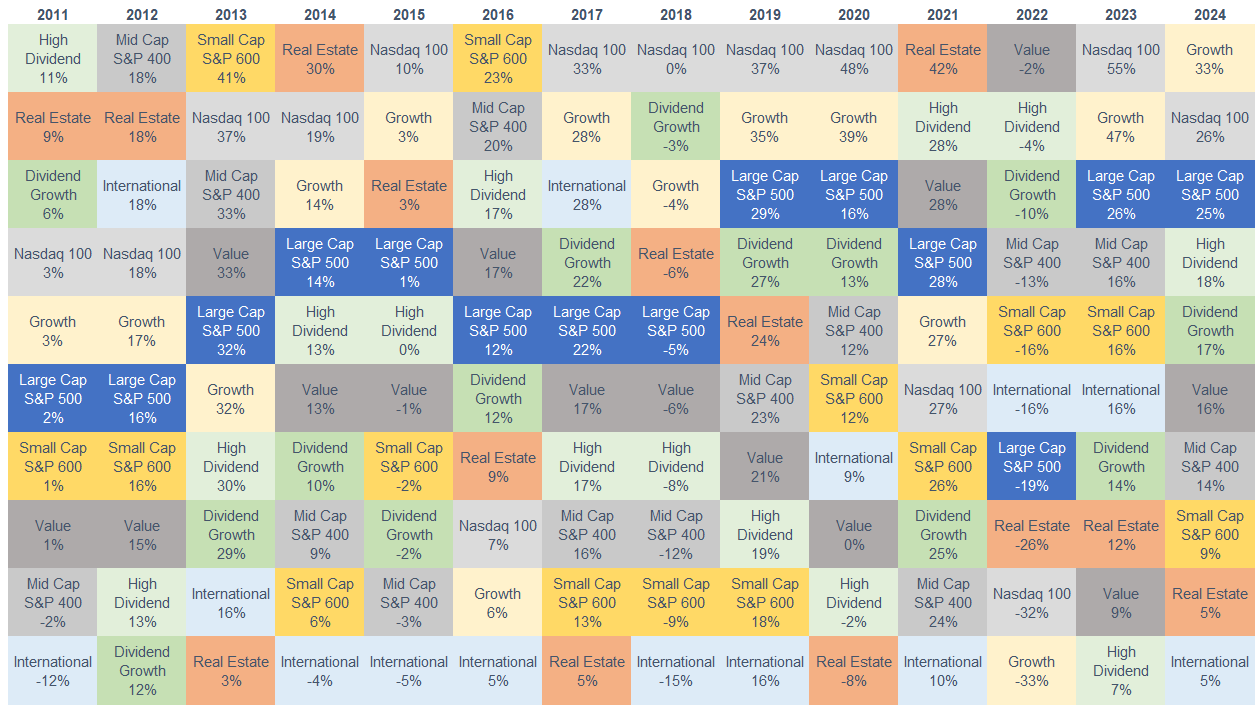
Today’s Chart of the Day, often referred to as the Chicklets Chart, is updated annually to reflect the returns of the major factors in the equity..
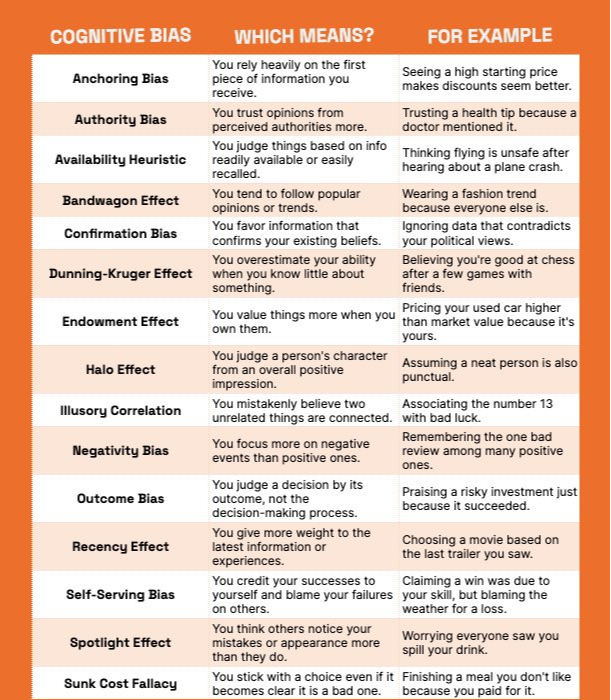
Today’s Chart of the Day from PageTear was shared by Charlie Bilello. It shows 15 different Cognitive Biases, their definition, and examples.
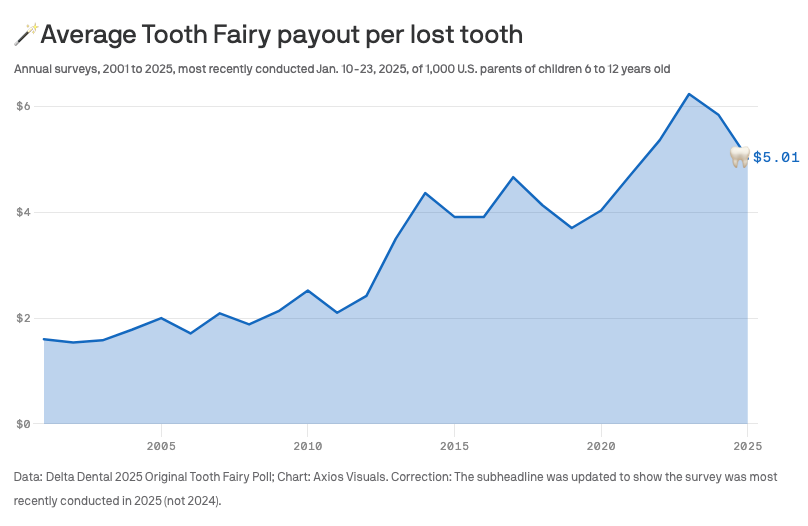
Today’s Chart of the Day is from Delta Dental and shows the average Tooth Fairy payout per lost tooth since 2001. A tongue in cheek survey but also..
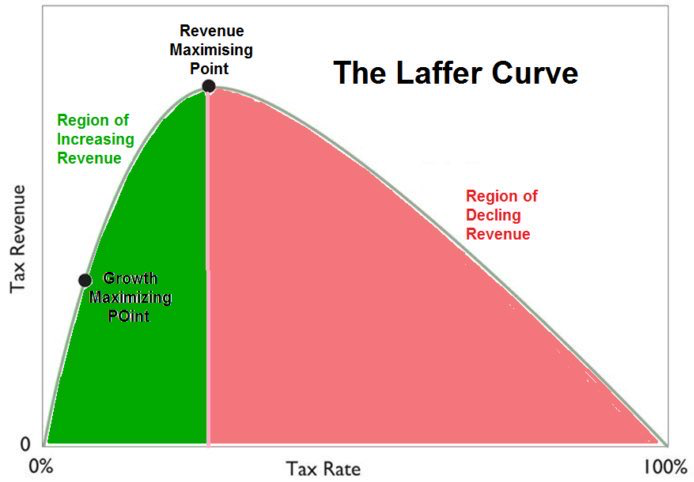
Today’s Chart of the Day highlights The Laffer Curve, an economic theory created by Arthur Laffer in 1974. It proposes that there is a maximum amount..
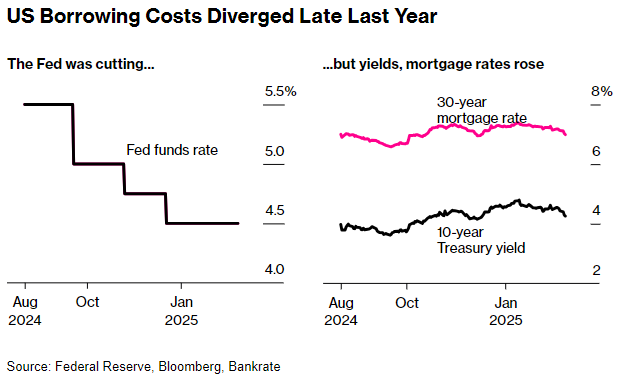
Today’s Chart of the Day was shared by my colleague, and fellow Portfolio Manger, Angie Parsons. It's a from Bloomberg article showing the changes in..

Today’s Chart of the Day and commentary is from Angie Parsons, my colleague and fellow Portfolio Manager. The chart from BlackRock shows stock..
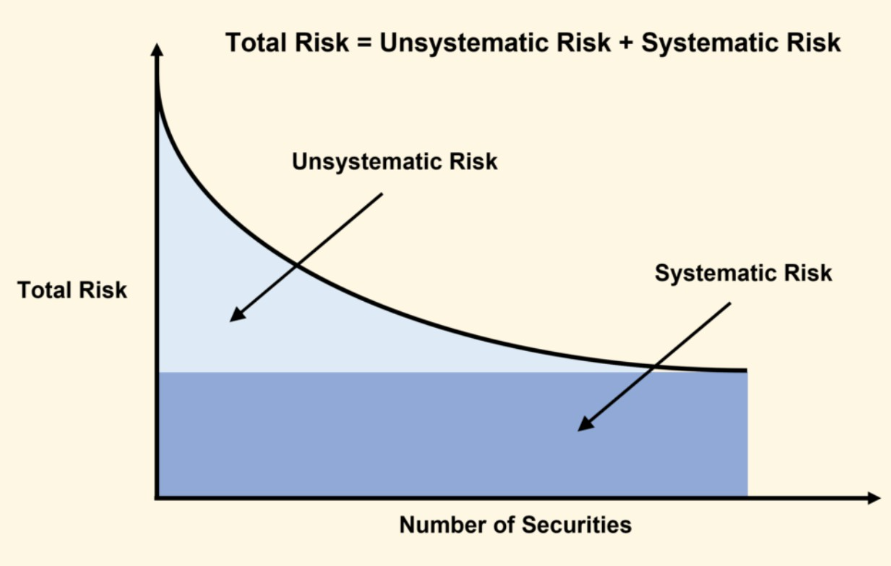
Today’s Chart of the Day spotlights an important investment concept which was pioneered by Harry Markowitz, a Nobel Prize winner and pioneer of the..
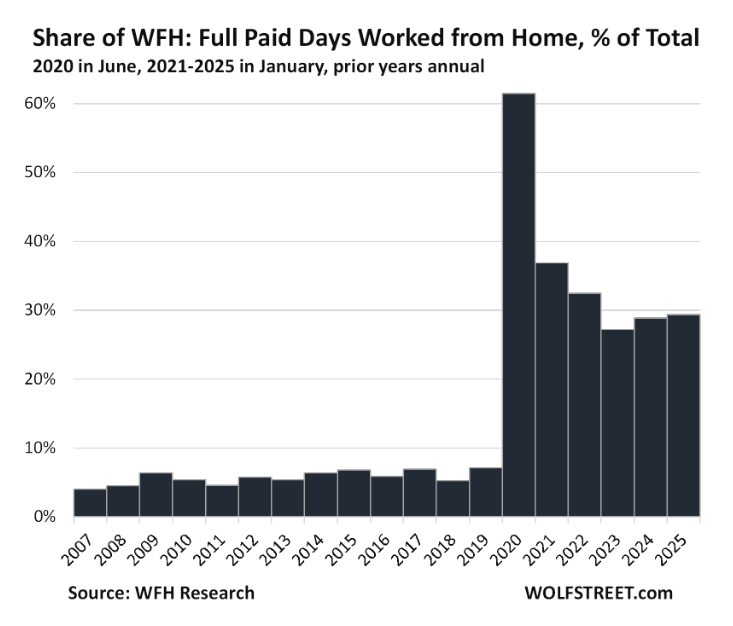
Today’s Chart of the Day from Wolfstreet shows that Work from Home, a.k.a. WFH, is getting “sticky” at 30% after peaking at 60% during the pandemic.
Samuel serves as Senior Vice President, Chief Investment Officer for the Crews family of banks. He manages the individual investment holdings of his clients, including individuals, families, foundations, and institutions throughout the State of Florida. Samuel has been involved in banking since 1996 and has more than 20 years experience working in wealth management.
Investments are not a deposit or other obligation of, or guaranteed by, the bank, are not FDIC insured, not insured by any federal government agency, and are subject to investment risks, including possible loss of principal.
Today’s Chart of the Day from OneDigital shows the return of the S&P 500 each calendar year since 1980 as well as the maximum drawdown during the year.
Today’s Chart of the Day is from Visual Capitalist detailing and ranking common types of fraud. The report suggests losses are half a trillion dollars annually, which works out to $1,500 per adult in the US.
Today’s Chart of the Day is from Gallup and shows the change in American’s Trust in Mass Media from 1972 to 2024. The choice of “None at all” went from a low of 5% in 1972 to the high of 36% in 2024, beating out “Great deal/Fair amount,” which fell from a peak of 68% to its lowest of 31%.
The article suggests this coincides with the 1980 start of the 24-hour news cycle, further fueled by additional news channels in the 1990s, then the invention of social media in early 2000’s, culminating with the rise of smart phones in the early 2010’s.
Where do we go from here? We are probably stuck in a three-way split between the categories until a new technology is invented.
Today’s Chart of the Day is a classic one provided by Vanguard and was recently updated to reflect 2024 performance. It highlights the best and worst days going back to 1980, and notes that often the best “up” days are right after the worst “down” days.
Today’s Chart of the Day is from theHUSTLE with data from the US Census Bureau showing that the median square footage of houses in the US has increased 138%, from 1,048 sq-ft in 1920 to 2,491 in 2020.
Today’s Chart of the Day is from the Financial Times in an article titled “Which funds have incinerated the most value over the past decade?” The fund family ARK is on the top of the list by a large margin because for the last 10 years it lost a combined $13.4 billion.
Today’s Chart of the Day, often referred to as the Chicklets Chart, is updated annually to reflect the returns of the major factors in the equity market going back to 2011.
Today’s Chart of the Day from PageTear was shared by Charlie Bilello. It shows 15 different Cognitive Biases, their definition, and examples.
Today’s Chart of the Day highlights The Laffer Curve, an economic theory created by Arthur Laffer in 1974. It proposes that there is a maximum amount that tax rates can reach before tax revenues start to decline.
Today’s Chart of the Day was shared by my colleague, and fellow Portfolio Manger, Angie Parsons. It's a from Bloomberg article showing the changes in the short-term Fed funds rate, 30-year mortgage rates and 10-year Treasury rates since August 2024.
Today’s Chart of the Day and commentary is from Angie Parsons, my colleague and fellow Portfolio Manager.
The chart from BlackRock shows stock returns during recessions dating back to 1929. Surprisingly, the average return is positive and increases to 25% the next year afterwards. This highlights that although market downturns sometimes coincide with recessions, the stock market is not a good indicator of the current state of the economy. The reason is the stock market often looks past the short-term and instead looks well into the future. Therefore, more often than not, the stock market recovers faster than the economy.
Today’s Chart of the Day spotlights an important investment concept which was pioneered by Harry Markowitz, a Nobel Prize winner and pioneer of the Modern Portfolio Theory in 1952.
current_page_num+2: 3 -

